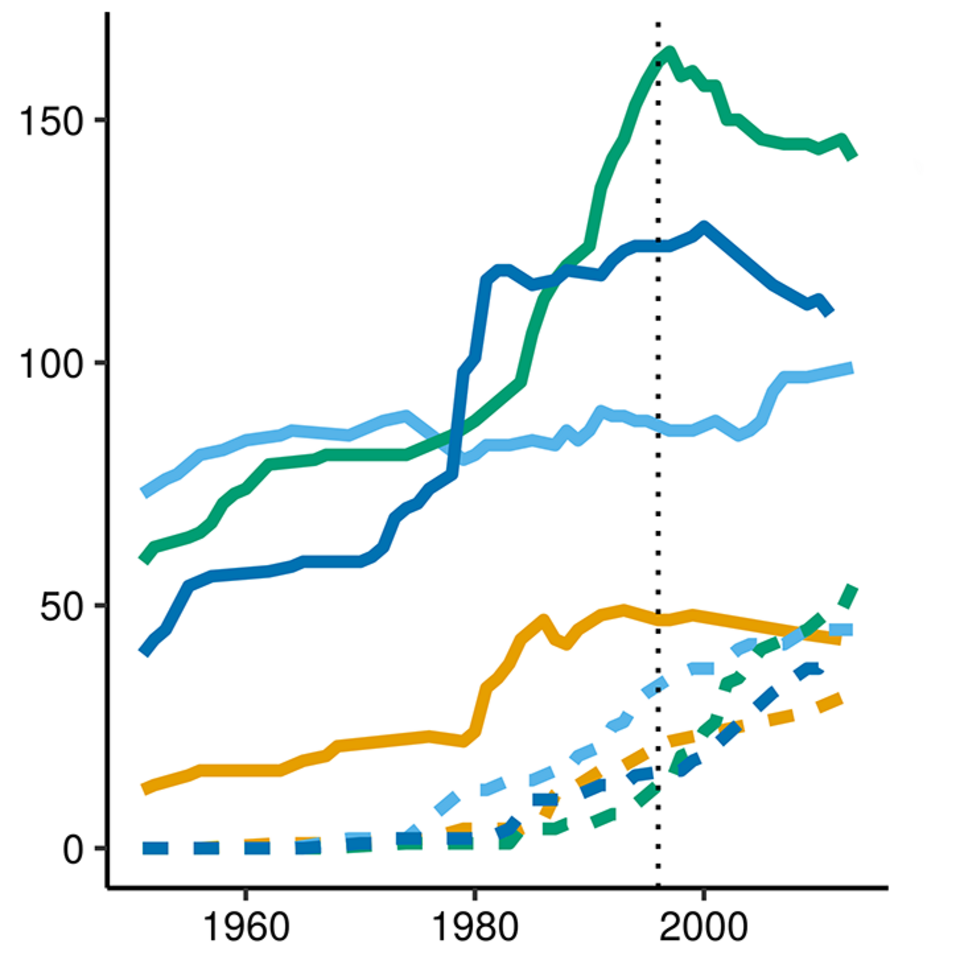Phil Neubauer recently published an analysis of the factors that lead to fish species being formally assessed in a stock assessment process. The work involved several collaborators from the United States including NOAA Fisheries, the government agency responsible for the stewardship of the country’s ocean resources.
They found that even after accounting for price effects and the volume of fish landed, there was still residual variation due to size – larger fish were more likely to be assessed.
“One of the reasons we looked at US fisheries was because we had a very comprehensive data set. It was compiled by one of the co-authors, Mike Melnychuk, from the University of Washington. He has surveyed fisheries managers and fisheries scientists for many years to understand fisheries stock assessments and their economic context,” says Phil.
Phil has been working on the project for several years, and says it ended up being a lot more complicated that he imagined at the start.
“We had the database for all the things that were being assessed, but trying to figure out what species weren’t being assessed was hard. In the end we used a national landings database that NOAA has maintained since the 1950s. It’s pretty huge and contains everything that ever came up onto a fishing boat and was reported, including alligators!”
The analysis used a statistical model to study 569 coastal fish and invertebrate stocks from commercial fisheries. It considered the impacts of region, habitat, life-history and economics on the probability of a new fishery being assessed.
Other research has proven the value of stock assessments, with stocks that are assessed generally being in a better state than those that are not.
“The findings are also relevant for New Zealand. We don’t often stand back and take a scientific look at the whole fisheries management framework, so to do this kind of meta analysis is very interesting. It’s useful to be able to identify what factors drive success in fisheries management.”
Read the paper on Plos One: Drivers and rates of stock assessments in the United States
Read more about our research into fish predator-prey relationships.


